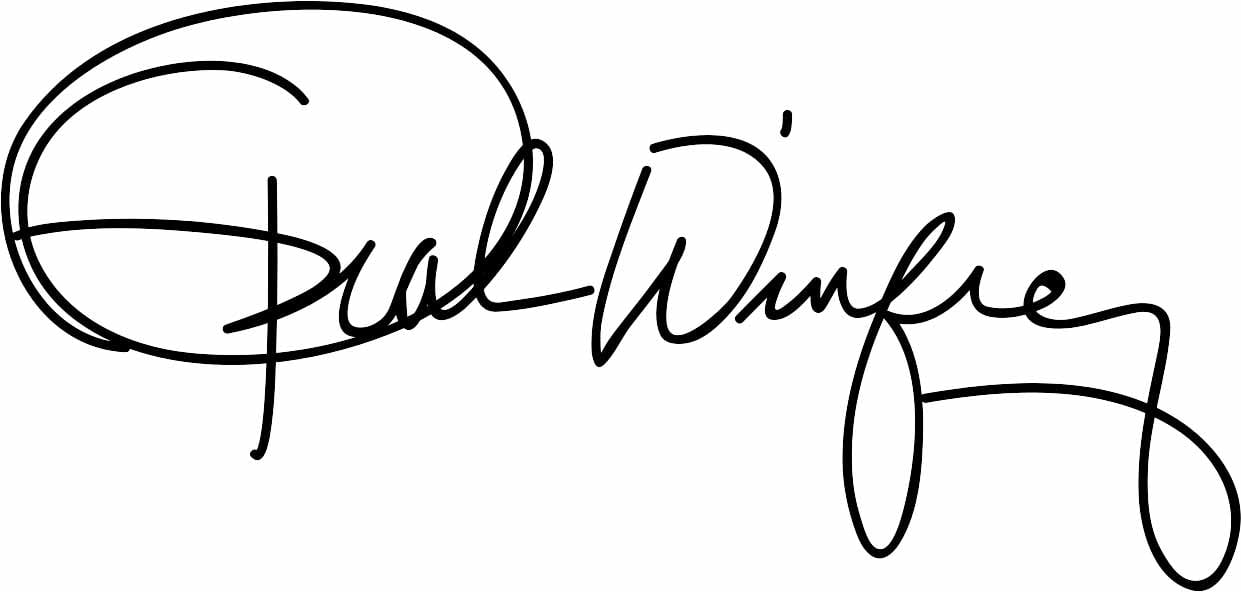Introduction
1. Hanfu – The Pinnacle of Traditional Chinese Garments
History and Influence
Components and Ornaments
Style Classification
2. Qipao (Cheongsam) – The Epitome of Chinese Elegance
Evolution and Regional Styles
Style Characteristics
3. Tang Suit – A Symbol of Chinese Heritage
Origin and Naming
Design Features
4. Zhongshan Suit – A Blend of Tradition and Modernity
Initiation and Design
Wear and Color
General Characteristics of Traditional Chinese Clothing
Design
Color
Gender
Material
History
Two Basic Forms of Traditional Chinese Clothing
Two – Piece Clothing
One – Piece Clothing
Hanfu Selection Tips – Optimizing for User Queries
Introduction
The Hanfu, Zhongshan suit (Mao suit), Tang suit, and cheongsam (qipao) stand out as the four most distinctive types of traditional Chinese clothing. Each of these garments carries a rich tapestry of history, culture, and unique design elements. This article aims to provide in – depth insights into these traditional attires, along with tips for SEO – friendly content related to them.
1. Hanfu – The Pinnacle of Traditional Chinese Garments
History and Influence
The Hanfu, named after the Han ethnicity which constitutes the majority of the Chinese population, is the oldest form of traditional Chinese clothing. Legend attributes its origin to over 4,000 years ago when Leizu, the consort of Huangdi, invented silk – making and thus the production of cloth. Through successive dynasties, it underwent continuous refinement. By the Han Dynasty, the ruling class wholeheartedly adopted and promoted the Hanfu, solidifying its status as the national dress of the Han people. Its influence also spread far and wide to neighboring Asian countries like Korea, Japan, and Vietnam. In modern times, Hanfu is typically donned on special occasions such as festivals and weddings, or by young girls for photo – shoots or cultural displays.
Components and Ornaments
Hanfu is composed of several key parts:
- Yi (衣): An open cross – collar garment.
- Pao (袍): A full – body garment mainly worn by men.
- Ru (襦): An open cross – collar shirt.
- Shan (衫): An open cross – collar shirt or jacket worn over the yi.
- Qun or Chang (裙 / 裳): A skirt that can be worn by both men and women.
- Ku (裤): A type of trousers.
To enhance its beauty, various ornaments, known as pei (配), are attached to the belt or sash. These ornaments not only added aesthetic appeal but also served as a symbol of social status; the more elaborate the decorations, the higher the wearer’s status. Complementing the attire, men donned hats, and women adorned themselves with headpieces.
Style Classification
Hanfu can be categorized into three main styles: jacket with skirt, jacket with trousers, and one – piece dress. The jacket – with – skirt style is particularly popular among women. For those interested in learning more about Hanfu, detailed information can be found through relevant keywords in online searches, which is crucial for SEO – friendly content. For example, using long – tail keywords like “Hanfu styles for women” or “history of Hanfu components” can attract more targeted traffic.
2. Qipao (Cheongsam) – The Epitome of Chinese Elegance
Evolution and Regional Styles
The cheongsam, or qipao, has its roots in the Manchu women’s changpao (long gown) of the Qing Dynasty (1644 – 1912). Since the Manchu ethnic group was also referred to as the Qi people by the Han, their long gown came to be known as qipao. Over time, it has evolved into distinct regional styles, namely the Beijing style, Shanghai style, and Hong Kong style, each with unique characteristics in decorations, colors, materials, and designs.
Style Characteristics
- Beijing – style Qipao: This style is more traditional and conservative. It features brighter colors and more intricate decorations compared to the other styles. For SEO purposes, keywords like “traditional Beijing – style qipao” can be used to target users interested in this classic form.
- Shanghai – style Qipao: It is more commercially – oriented and forward – looking. Western elements are often incorporated into its designs and color schemes. Using keywords such as “Shanghai – style qipao with Western influence” can attract relevant audiences.
- Hong – Kong – style Qipao: Strongly influenced by European fashions, it has shorter sleeves and simpler decorations. Keywords like “Hong – Kong – style qipao influenced by European fashion” can help users find information about this style.
3. Tang Suit – A Symbol of Chinese Heritage
Origin and Naming
The Tang suit usually refers to a specific type of Chinese jacket rather than the clothing of the Tang Dynasty (618 – 907). Its origin can be traced back to the Qing Dynasty, evolving from the Manchurian magua (horse gown). The name “Tang suit” originated from overseas Chinese. Given the prosperity and power of the Tang Empire, foreigners began to call overseas Chinese “the Tang people” and the clothes they wore “Tang suits” (Tangzhuang in Chinese).
Design Features
The Tang suit typically has a duijin (a Chinese – style jacket with buttons down the front), a Mandarin collar (a band collar), and “frog” buttons (knobs formed of intricately knotted cord). When creating SEO – friendly content, keywords like “design features of Tang suit” or “origin of Tang suit name” can be effectively used to increase visibility.
4. Zhongshan Suit – A Blend of Tradition and Modernity
Initiation and Design
The Zhongshan suit, also known as the Mao suit overseas, was first advocated by Dr Sun Yat – sen (Sun Zhongshan in Mandarin, from which the name Zhongshan suit is derived). This men’s jacket is a harmonious blend of traditional Chinese and Western clothing styles. It features four large pockets on the front, two on the top and two on the bottom, evenly spaced on both sides. There are five central buttons on the front and three smaller buttons on each sleeve.
Wear and Color
Zhongshan suits are versatile, suitable for both formal and casual occasions due to their symmetrical shape, elegant appearance, and stable impression. The colors of Zhongshan suits are diverse yet often plain, including black, white, blue, and grey. Wearers select different colors according to the specific situation. Keywords such as “Zhongshan suit for formal occasions” or “color options of Zhongshan suit” can be incorporated into content for better searchability.
General Characteristics of Traditional Chinese Clothing
Design
Traditional Chinese clothing commonly employed a straight cut and had a loose shape. Emphasis was placed on the overall harmony of the outfit. When writing about this aspect, using keywords like “design features of traditional Chinese clothing” can attract readers interested in the aesthetics of these garments.
Color
In daily life, people usually wore light – colored clothing. Colors like red, bright yellow, and purple were the exclusive domain of the emperor and the imperial family. The general public mostly wore red during weddings, while white was typically associated with funerals. For example, only empresses or official wives were allowed to wear true red, and concubines were prohibited from doing so. Keywords such as “color symbolism in traditional Chinese clothing” can be used to create relevant content.
Gender
Women’s clothing was more diverse than men’s, boasting more ornaments, items, and styles. This can be highlighted in content with keywords like “gender differences in traditional Chinese clothing”.
Material
Initially, the ancient Chinese used leaves to cover their bodies. With the development of agriculture, more clothing materials emerged. In later years, linen, cotton, and silk became prominent. During the Ming Dynasty, due to the government’s policy of emphasizing agriculture and restricting business, even wealthy businessmen were forbidden to wear silk clothing. Using keywords like “history of clothing materials in traditional Chinese clothing” can make the content more search – friendly.
History
Each dynasty in Chinese history had its own unique clothing styles, some of which were exquisitely crafted. Keywords such as “dynasty – specific traditional Chinese clothing” can be used to explore this aspect in more detail.
Two Basic Forms of Traditional Chinese Clothing
Two – Piece Clothing
The top – bottom clothing, consisting of an yi (upper garment) and a chang (lower garment), was the earliest form of clothing documented in Chinese records. This style is said to date back to the reign of Huangdi (2697 – 2597 BC). The yi is an open cross – collar garment worn by both genders, with the right side overlapping the left, and the shang is a skirt worn by both, often accentuated by a belt on the side. Keywords like “history of two – piece traditional Chinese clothing” can be used to discuss this form.
One – Piece Clothing
The one – piece clothing, known as shenyi (deep robe), can be traced back to the late Zhou Dynasty (1046 – 221 BC). Although the yi and the shang were cut separately, they were sewn together. The shenyi was widely adopted throughout Chinese history and was considered formal attire during the Han Dynasty. It still has a significant influence on modern – day one – piece clothing. Using keywords like “origin and influence of shenyi” can help in creating relevant content.
Hanfu Selection Tips – Optimizing for User Queries
Many new enthusiasts of Hanfu often wonder which style suits them best or which dynasty – inspired Hanfu is more suitable for their body type. Here are some selection suggestions:
- Style Distinctions: Different Hanfu styles have their own characteristics. For instance, the Wei – Jin Hanfu, a traditional form, is simple and understated. Taking the Jin Ru as an example, it has a curved collar, mostly narrow sleeves, and a relatively long upper Ru that can wrap around the hips and is worn inside the skirt. Using keywords like “Wei – Jin Hanfu style features” can help users understand this style better.
- Qixiong Ruqun Selection: The Qixiong Ruqun should not be too long; ankle – length is ideal to avoid a dragging look. It’s essential to measure your height before purchasing. Also, when shopping, it’s advisable to avoid choosing the 6 – meter hem, two – piece design with a large number of pleats. Although these designs may make the skirt look more gorgeous, they also significantly increase the skirt’s weight, making the wearer appear bloated. Sometimes, it may need to be paired with invisible straps. Keywords such as “Qixiong Ruqun selection tips” can provide valuable information to potential buyers.
Traditional Chinese Clothing If you want to know more comprehensively



